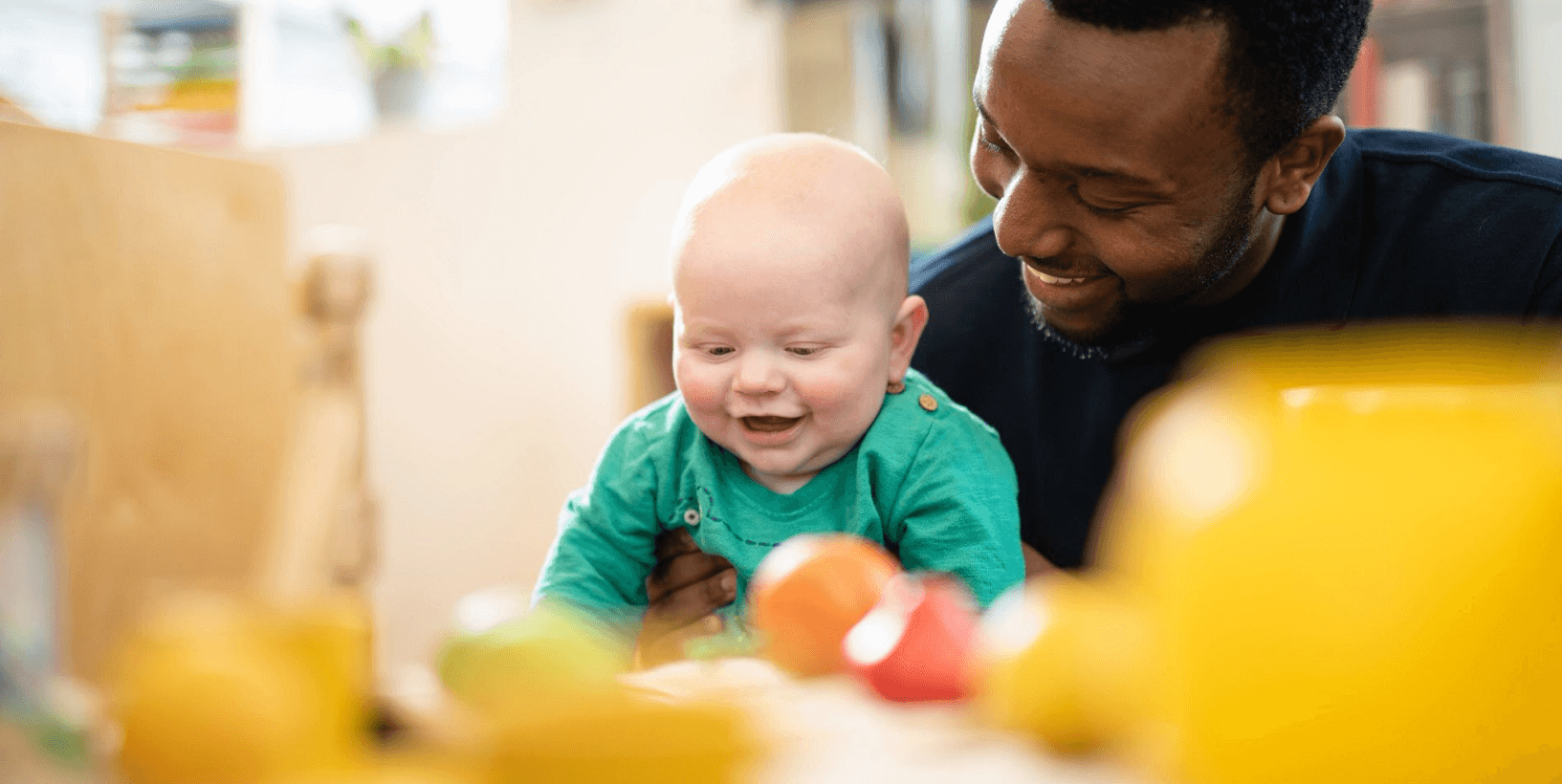05

Early Childhood Specialist, Ann, shares the benefits of nature play, as well as some fun activities to try with your little one.
Outdoor play is beneficial for children beyond just the physical activity it provides. It helps them to socialise, understand their bodies better, engage in imaginative play and enjoy the outdoors in a natural environment. In today's busy and complex world, it can be difficult to schedule outdoor time with your child, but taking time to engage with nature can have so many benefits to both yours and your child’s health and development.
Why Outdoor Play is Important
Unstructured, physical activity improves your child’s health. It’s an opportunity for them to run, skip, dance, climb, walk, get messy and relax. It also reduces the likelihood of obesity and weight-related health concerns, which continues to be a concern for families today. It’s recommended that children aged 1-5 years have at least 180 minutes of physical activity per day. Physical activity contributes to healthy brain development and learning, improves sleep, develops strong bones and muscles and contributes to movement, coordination and motor skills.
Being at one with nature in natural spaces such as woods, forests and outdoor play parks, supports emotional wellbeing. Engaging in mindfulness and being ‘in the moment’ can help with children’s mental health and wellbeing.
Places to Visit as A Family
To find ideas for places you might go and activities you may want to try with your family, visit your local parks and recreation website or the visitors’ centre of towns and cities near where you live. Look for things like public parks, woods, forests and trails, zoos, orchards, gardens and wildlife parks.
Some shared activities to try!
- Have a scavenger hunt - You can try hiding some objects for your child to look for, or add a bit more challenge, for example, things that begin with the letter B, or something for each colour of the rainbow.
- Do leaf rubbings - All you need is paper, some chunky wax crayons (for little hands) and any new leaves you can find with prominent veins. Let the children find the ones they would like to use.
- Dig in the soil - Find worms and bugs, make mud pies, and flip over rocks to see what you'll find underneath. Have fun finding out the names of the bugs you find using non-fiction books or the internet.
- Plant something - Purchase some flowers, herbs or vegetable seeds and start your own garden. It is important for children to learn about the life cycles of plants and living things and what they need to grow. Watch the progress of the seeds every day and talk about the different parts of the plants, e.g., shoots, roots and leaves.
- Make an obstacle course - Set up some obstacles such as crates, planks and hoops. Use chalk to mark the direction of travel. The children can help with this. This exercise is Great for developing their early mark making and writing skills. You can make the course as easy or as challenging to suit the mobility and developmental stage of your child. Time each child as they jump, roll, climb, step or go under the various obstacles. For an added bonus: You can do this inside if needed (but better outdoors of course!)
- Get active- Play a game like twister or hopscotch, Simon Says, What’s the time Mr Wolf or Musical Statues. Test their listening and understanding skills! Let them take turns choosing and leading the games and get involved yourself. Children love when you play too!
- Learn something new- Try yoga, mindfulness or fishing. Dance alone in your room or out in the front yard. Build dens with sticks and tarps, logs or Lego. Share your creations or the new skills the children have learned with friends and relatives. Why not make it social and invite friends round to join in the activities.
- Do the alphabet workout -Create an “exercise alphabet” by assigning an exercise to each letter of the alphabet. Then spell out your name, performing the exercise designated for each letter. For example, A could be touching your toes, L is clapping above your head. Be sure to take a 15-20 second rest between each exercise.
The benefits of outdoor and physical play are endless. Whatever the weather, we should encourage children to be outside with nature. Remember, there’s no such thing as bad weather, only inappropriate clothing!





